On This Day…April 21st.
On April 21st, 1918, Manfred Von Richthofen was shot down in a dogfight over Vaux-sur-Somme, France. Many theories exist as to the true identity of exactly who shot the bullet that killed the ‘Red Baron’. For many years common wisdom had it that he was shot by Arthur Roy Brown from a Sopwith Camel, but the likelihood is that his death was caused by a bullet from the ground based Australian 24th Machine Gun Company.
The above photo is often attributed the last taken of the Red Baron. This is possibly due to the fact that on the morning of the 21st April, fellow pilots tied chocks to Von Richthofen’s beloved (Great Dane) Moritz’s tail as a joke. In the photo you can clearly see some chocks, the dog, and the aircraft.
Below is a link to a gorgeous film shot as part of a video game, but which nicely represents that last flight.
The words below were written by pilot Arthur Roy Brown, who penned the thoughts after seeing the Red Baron’s body, and in the belief that he had killed Von Richthofen.
“... the sight of Richthofen as I walked closer gave me a start. He appeared so small to me, so delicate. He looked so friendly. Blond, silk-soft hair, like that of a child, fell from the broad, high forehead.”
“His face, particularly peaceful, had an expression of gentleness and goodness, of refinement. Suddenly I felt miserable, desperately unhappy, as if I had committed an injustice. With a feeling of shame, a kind of anger against myself moved in my thoughts, that I had forced him to lay there. And in my heart I cursed the force that is devoted to death.”
“I gnashed my teeth, I cursed the war. If I could I would gladly have brought him back to life, but that is somewhat different than shooting a gun. I could no longer look him in the face. I went away. I did not feel like a victor. There was a lump in my throat. If he had been my dearest friend, I could not have felt greater sorrow.”
—Capt. Arthur R. Brown
No. 209 Sqn. RA
April 21st, 1945. A B-29 Superfortress rests on a mound after it crash landed with two engines working at Iwo Jima. The bomber was damaged in a raid over Tokyo.
SS-239 Whale off Mare Island Navy Yard, Vallejo, California, United States, 21st April, 1945.
Stern view on the same day.
Royal Navy Martlet IV (Grumman F4F-4B) at the Naval Air Station Anacostia, Washington DC, straight after application of British markings. The original photograph is dated 21st of April 1942.
The banal cruelty of luck. 78th FIghter Group (84th Fighter Squadron) Captain, Dorian Ledington (below) had something of a miraculous escape during a mission in April 1945 in which he personally destroyed four aircraft.
He was banking left to finish off a fighter that he had already damaged when an explosive shell smashed through his cockpit canopy, grazed his neck and exploded inside the cockpit. Fragments of the shell and glass embedded themselves in his neck.
From Ledington’s own account;
“I reached up and felt the blood streaming out. I figured I was a goner and decided I might as well take another German plane with me. So I pulled my Mustang around and made one more pass on the field, destroying the aircraft I had already damaged. Nobody could be more surprised than I was when I reached the Channel still alive.”
Captain Ledington was KIA on 21st April 1945 near Koblenz, Germany, in what seems a weather related accident. Missing crewman report, above.
Ground crew refuel a Spitfire (Mk Vc) of No. 601 Squadron RAF (Malta) using petrol tins, in Luqa, Malta, while two armourers service the cannon. In the cockpit, talking with other personnel, is Flight Lieutenant Dennis Barnham, photographed in yesterday’s ‘OTD...’
M4 Sherman picks it’s way through burning ruins in Neumarkt, April 21st, 1945.
F6F-5 Hellcat white 49 of VF-6 carrier USS Hancock (CV-19) April 21st, 1945.
In 1938, the British Purchasing Commission commissioned an American maritime patrol aircraft to protect the coasts of the UK. Following a successful demonstration by Lockheed, a modified version of the ‘Model 14 Super Electra’ airliner was sold to the British government, 350 ordered as the ‘Hudson Mk. I’ and 20 more as a Mk. II.
Below is a photo taken by LIFE magazine showing the construction of thirty-two new Hudson Mk. I aircraft at the Floyd Bennett Field, Burbank, California. The aircraft on the right of the photo are ready for shipment to England.
21st April 1941, and pilots from the 402 'Winnipeg Bears' Squadron of the Royal Canadian Air Force run to their Hawker Hurricane fighter planes at York.
RAF Mustang Mk IIIs of No 19 Squadron based at Ford, (Sussex, England) painted with white nose and wing stripes to prevent mis-identification as Me 109s - April 21st, 1944.
USS Pennsylvania (BB-38) underway in Panama Bay (note her 14-in guns trained out to port) on 21st April, 1934.
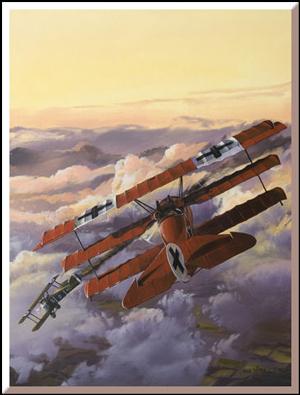
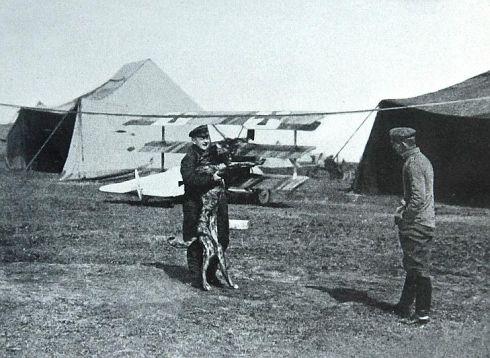
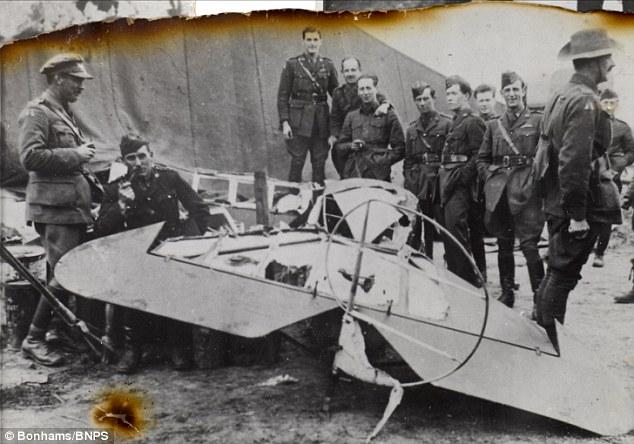
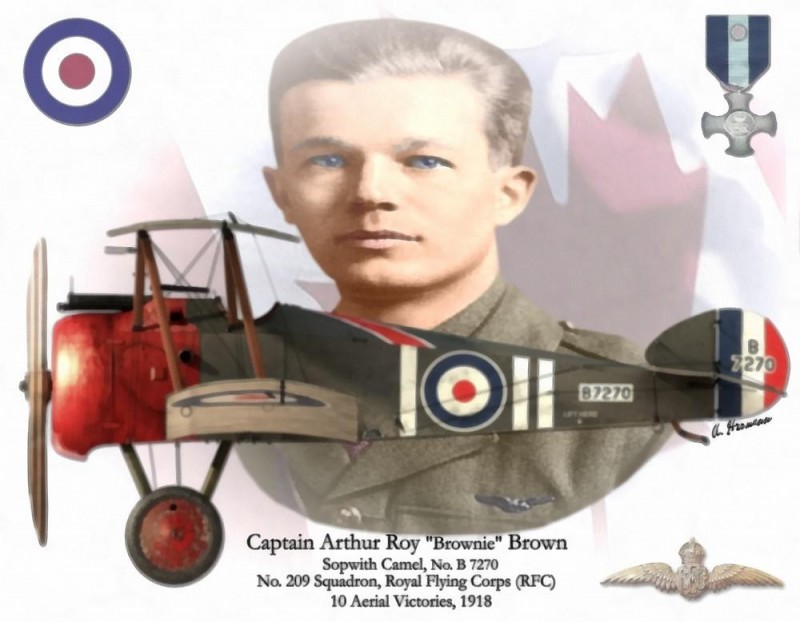
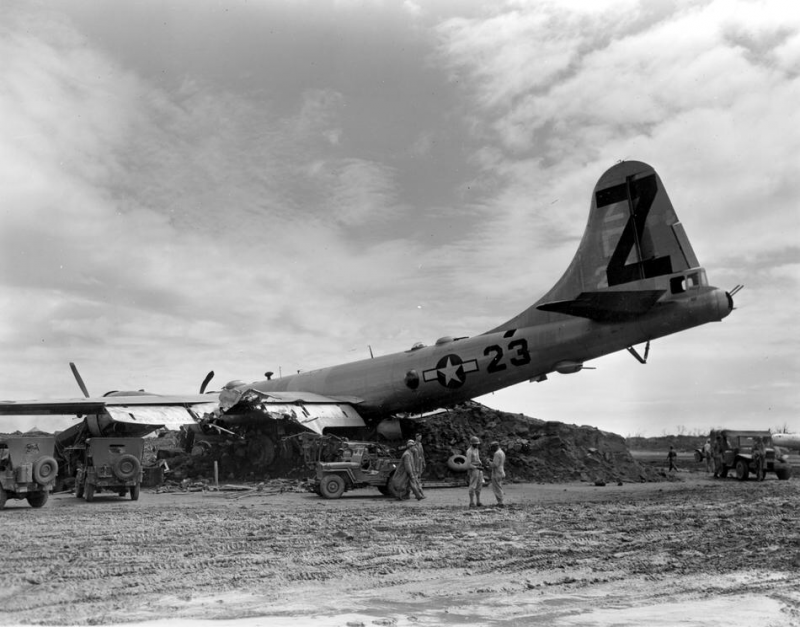
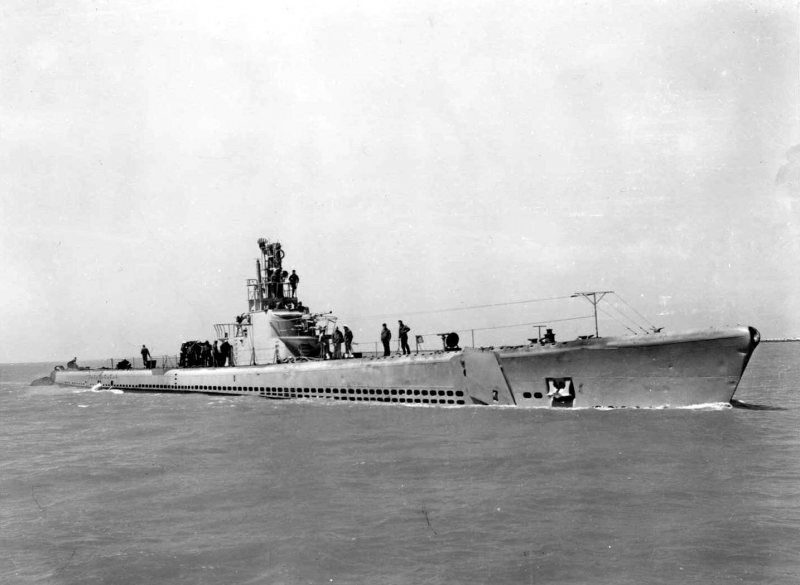
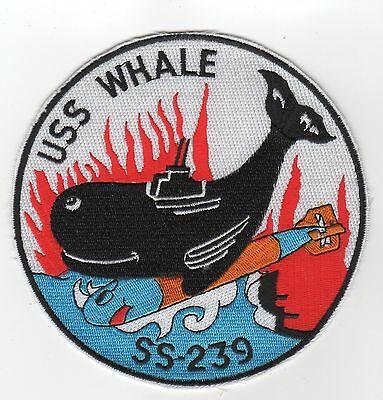
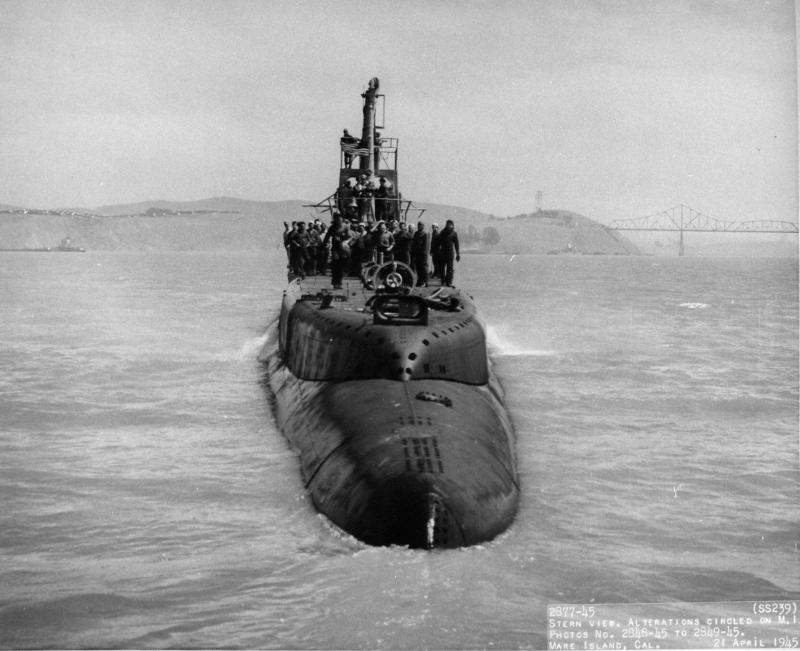
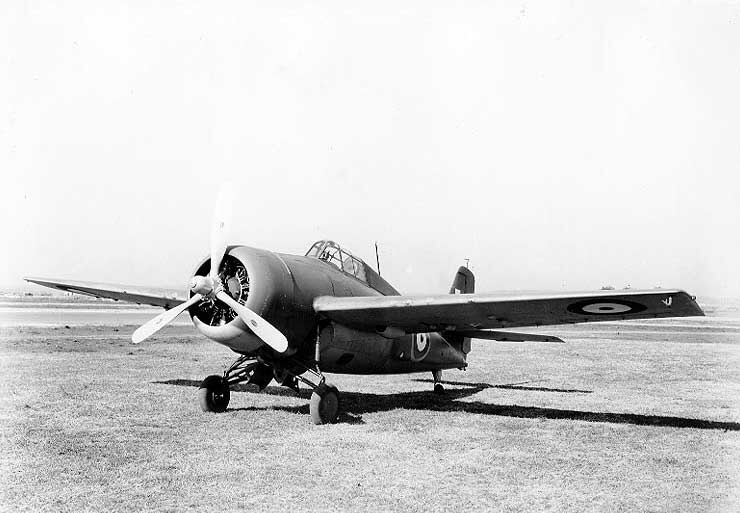

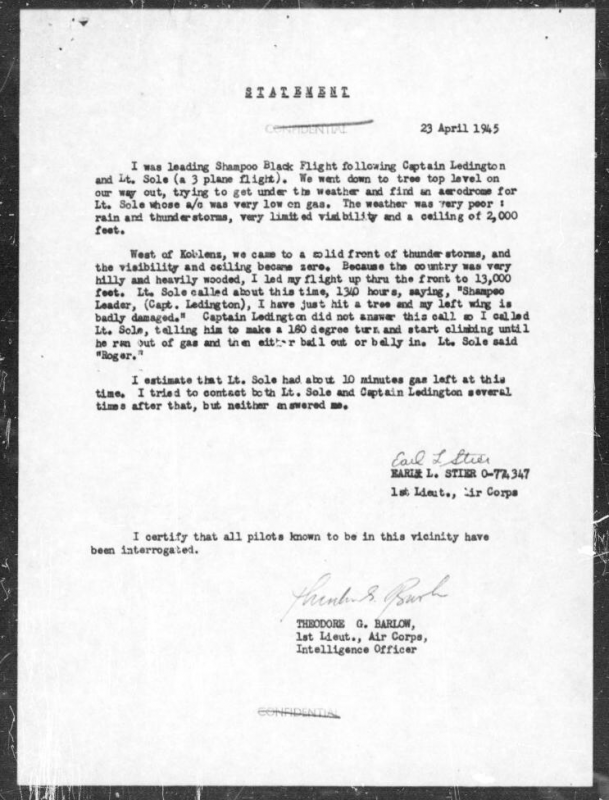
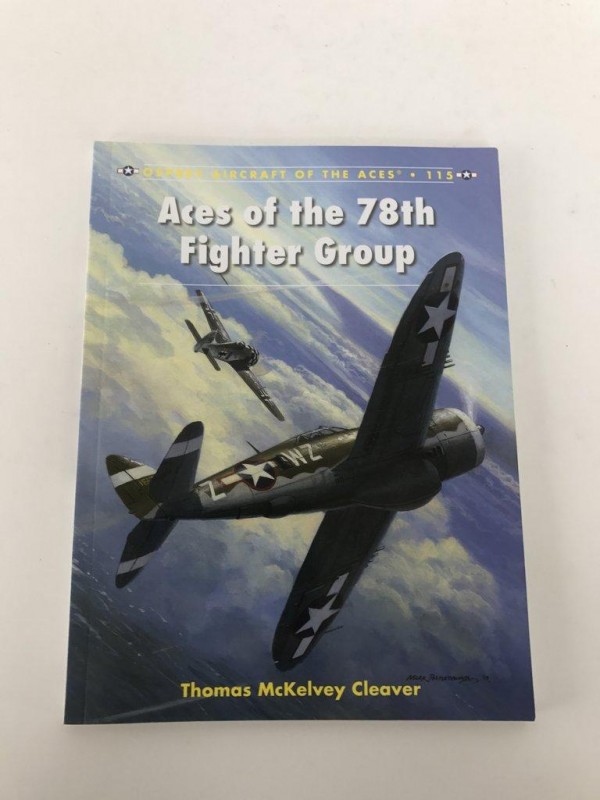
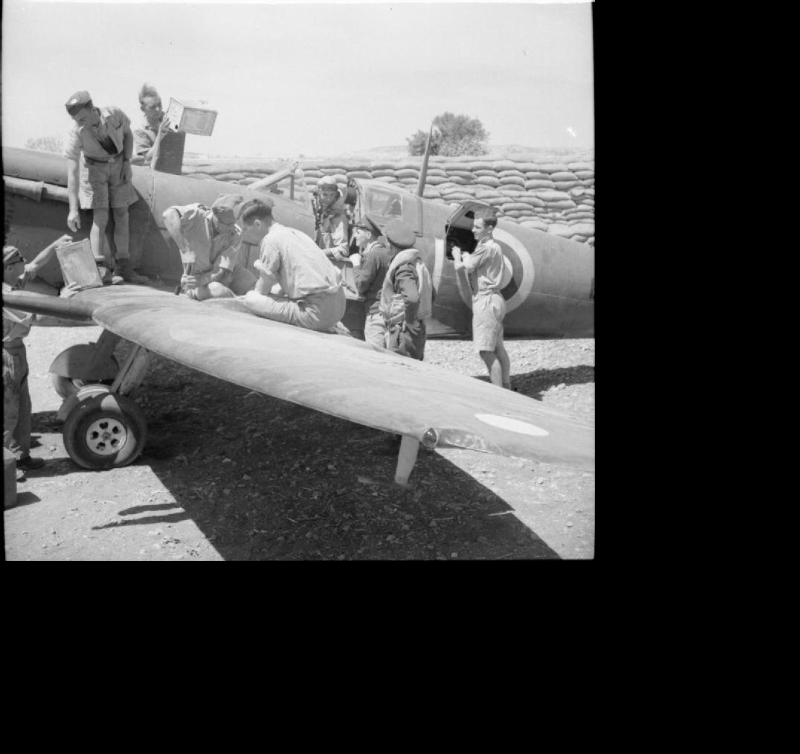
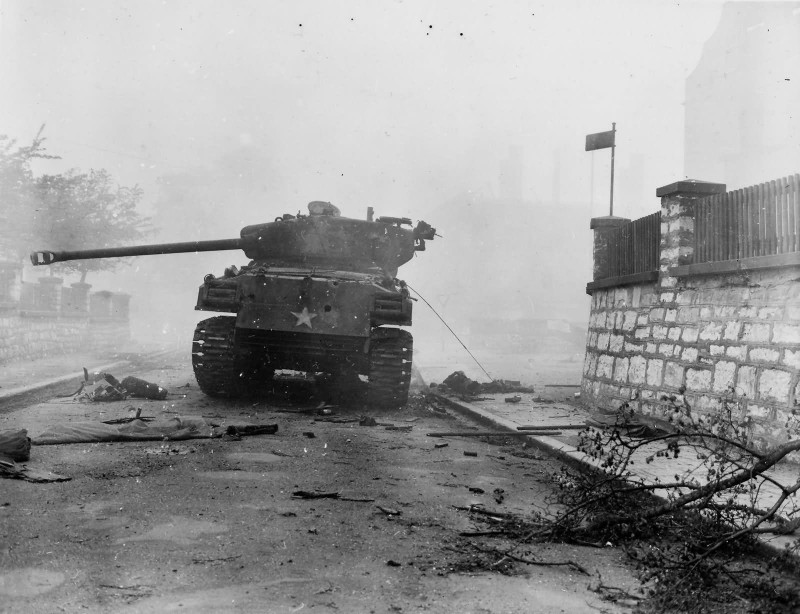
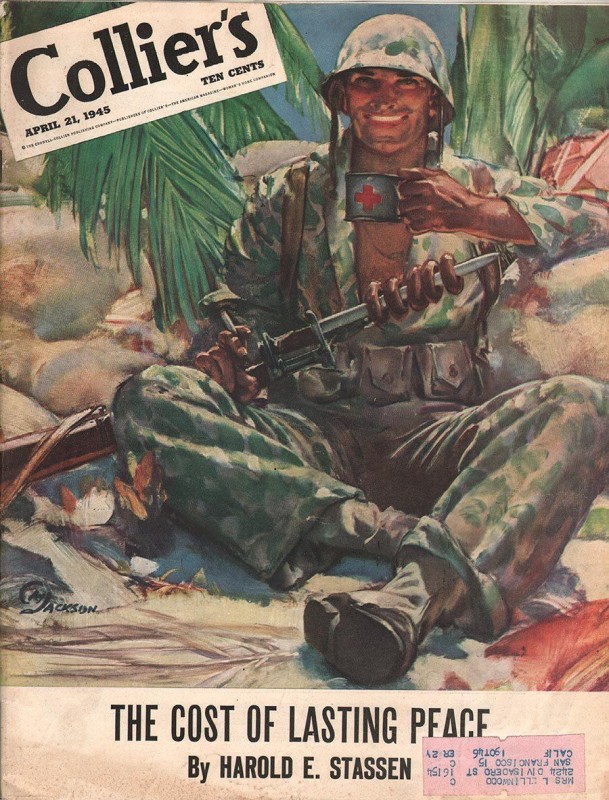
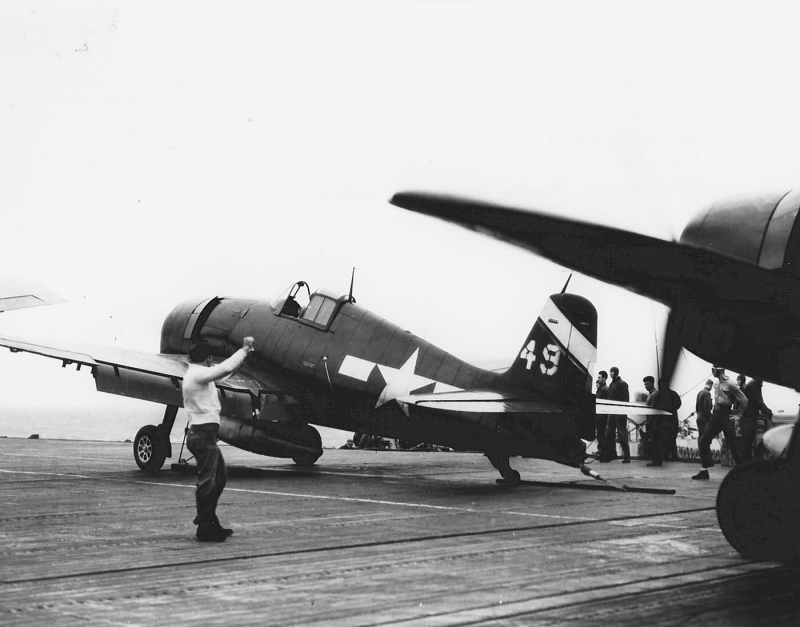
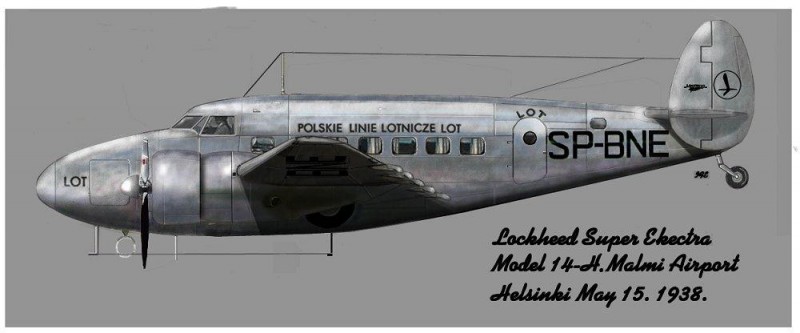

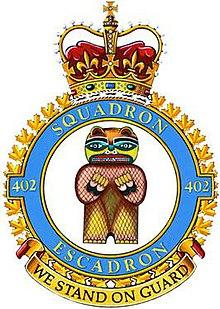

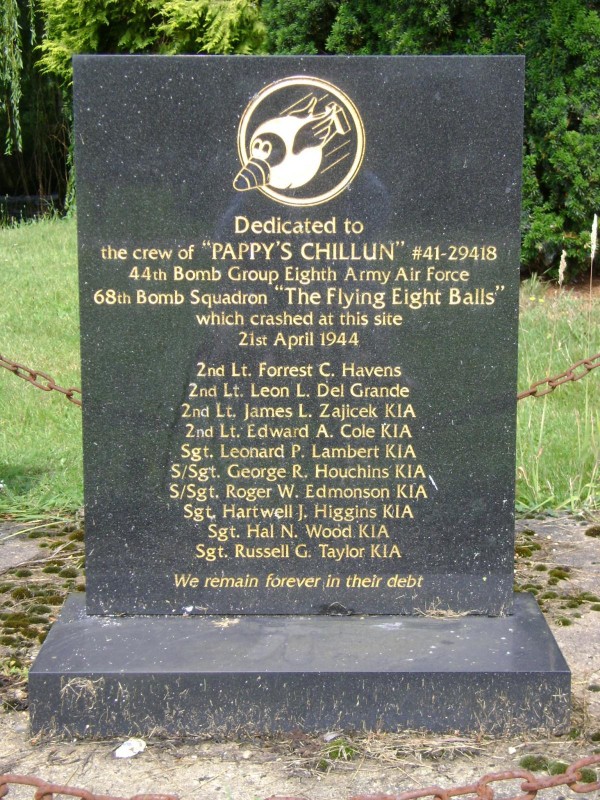
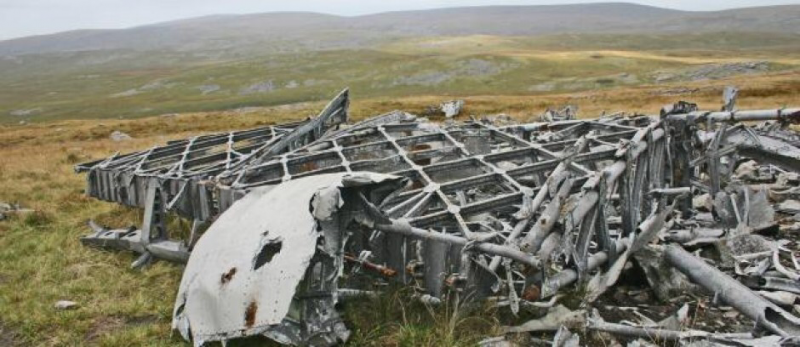

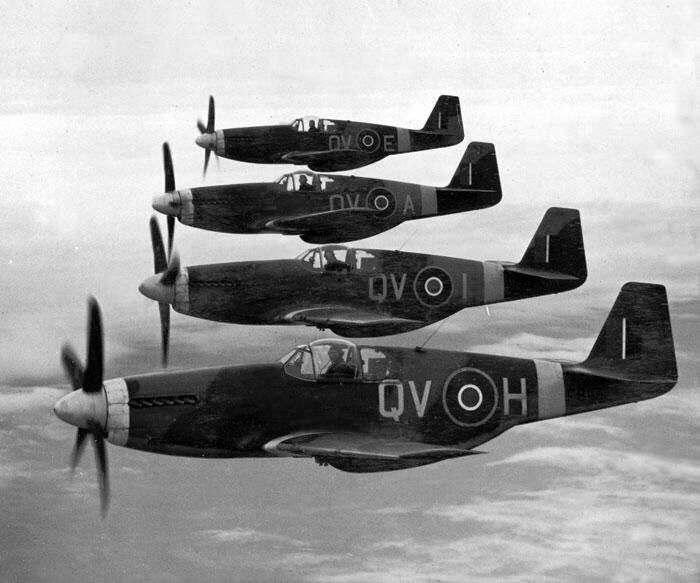
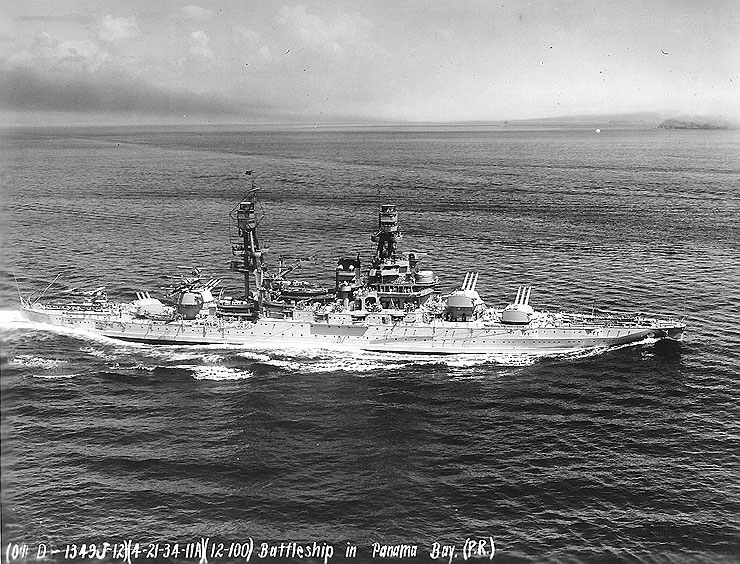

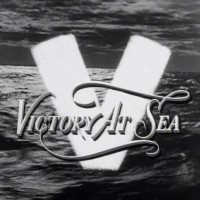
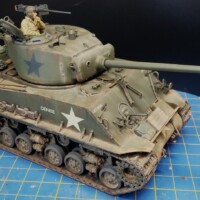
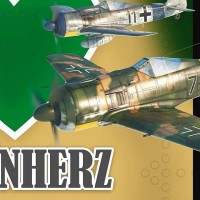
love the busy spit and the hellcat...never seen
Thanks, Bob. Hope you are having a great long weekend.
Thanks for the advertisement, David! 🙂
For those interested in a more complete discussion of why Roy Brown didn't kill MvR, here's an article I did at Modeling Madness 14 years ago:
https://modelingmadness.com/review/w1/tc/tmc32dr1.htm
Tom, I have to agree with David, your article is a great read, and the model is very well done. I want to believe that I had seen it before and 14 years seems like it could be the right timeframe. @tcinla
Oh yeah, I'm sure you did. 🙂
You are more than welcome, @tcinla - it’s a great read.
I’ve always been of the opinion that Richthofen’s earlier head injury had some influence on his later flying. Less careful, more target-fixated, less reliant on his hunter’s instinct.
Thanks yet again for chipping in, Tom.
There was much commentary by people who knew him that he wasn't the same man after that August 1917 battle. The wound obviously had an effect on his brain function, and nowadays we know how little it takes to have major effect.
Ever think of PTSD, Depression and fatalism. Like a Bull Fighter in the ring...if your in the ring long enough odds shift in favor of the bull. I am sure that the head wound was a constant reminder for Richthofen. Being Debbie Downer...
A simply fantastic post, David. Many, many great shots.
I find it interesting that Brown's comments about his mortal enemy in wartime are more gallant than many we read today between mere rivals under the same flag. That alone should inspire us as we build models of these machines.
Nice RAF ponies.